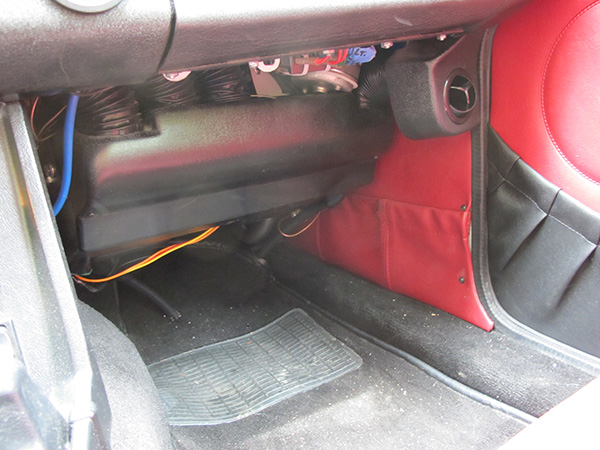
It seems to be that nostalgia is a mechanism, conscious or unconscious, to keep racism and misogyny alive. It is the archenemy of progress and innovation. On boyhood family road trips across the wide Kansas plains, he said, AM radio “was a constant companion.””īut as warm and fuzzy as it might make us feel, nostalgia is simply not a strategy for business or society. “I sat in my bedroom with my radio tuned into KLKC 1540,” he recalled. As the son of Indian immigrants growing up in small-town Parsons, Kan., he listened to his high school basketball team win a 1987 championship, he said. For his mission’s rationale seems to be dominated by a longing for better days gone by.

Perhaps Commissioner Pai has a stash of Jonathan Richman vinyl that we don’t know about. Many stations are minority owned with content tailored to audiences that may not be well-served on the FM band, 24/7 news stations keep us informed and the nation’s conservatives salivate every weekday to the red meat served up by Rush Limbaugh and others.īut does “revitalizing” AM serve any greater purpose? As it continues on its long, slow path to its natural demise, is the American public being denied content it might not receive somewhere else, more conveniently and/or with greater sound quality? If AM is a clearly dinosaur, why try to save it?

NOSTALGIA AIR CONDITIONING FULL
Perhaps more important, there’s satellite radio and the Internet, full of talk, news, streaming music and more.Īlthough diminished, AM still has a role. The AM band continues to decline, representing only 15% of all radio listeners in 2011, down from 50% in 1978.ĪM’s sound quality can’t compete with FM, a problem that isn’t getting any better “as nearly every recently manufactured electronic consumer product - not just proliferating smartphones but televisions, home air-conditioning systems, refrigerators, computers and even energy-saving fluorescent light bulbs - emits radio signals that can interfere with AM broadcasts.” It sounds like a noble pursuit, until you stop to consider the facts, all of which point to the inevitable conclusion that AM is hopelessly lost in the static. Roadrunner, roadrunner Going faster miles an hour Gonna drive past the Stop ‘n’ Shop With the radio on I’m in love with Massachusetts And the neon when it’s cold outside And the highway when it’s late at night Got the radio on I’m like the roadrunner Radio On! I got the AM Radio On! I’ve got the, got the power of the AM Got the, late at night, rock & roll late at night The factories and the auto signs got the power of modern sounds Alright!Īll of which I could not stop thinking about when I read a recent New York Times article describing how Ajit Pai, the lone Republican Federal Communications Commissioner, is on a “ Quest To Save AM (Radio) Before It’s Lost In The Static.” His music and lyrics can be deeply touching, but his best work radiates child-like innocence and humor wrapped around keen social observation.Īnd Jonathan loves to wax nostalgic – about AM radio, “The Old Corner Store,” riding the bus instead of taking a plane, ice cream trucks that used to roam suburban neighborhoods or heading to Reno to see Tom Jones or Charro.

The raw, pre-punk, rock & roll of his early music gave way to stripped down, acoustic driven songs covering a wide range of emotions, all of which Jonathan wears on his sleeve. Jerry Harrison, the guitar player in his seminal band, The Modern Lovers, went on to be a founding member of The Talking Heads. Jonathan has been covered by the Ramones, The Sex Pistols, Joan Jett, Greg Kihn and many others who acknowledge him as a major influence on their music. He’s about 60 years old now, but still writes, sings and performs with the energy, optimism and innocence of a teenager. “ Roadrunner,” an ode to teenage freedom and cruising in the car with the AM radio on, ranks high on my list of all time favorite songs. It was written by the quirky, iconic pioneer of punk, Jonathan Richman, and if you don’t know him, you should.


 0 kommentar(er)
0 kommentar(er)
